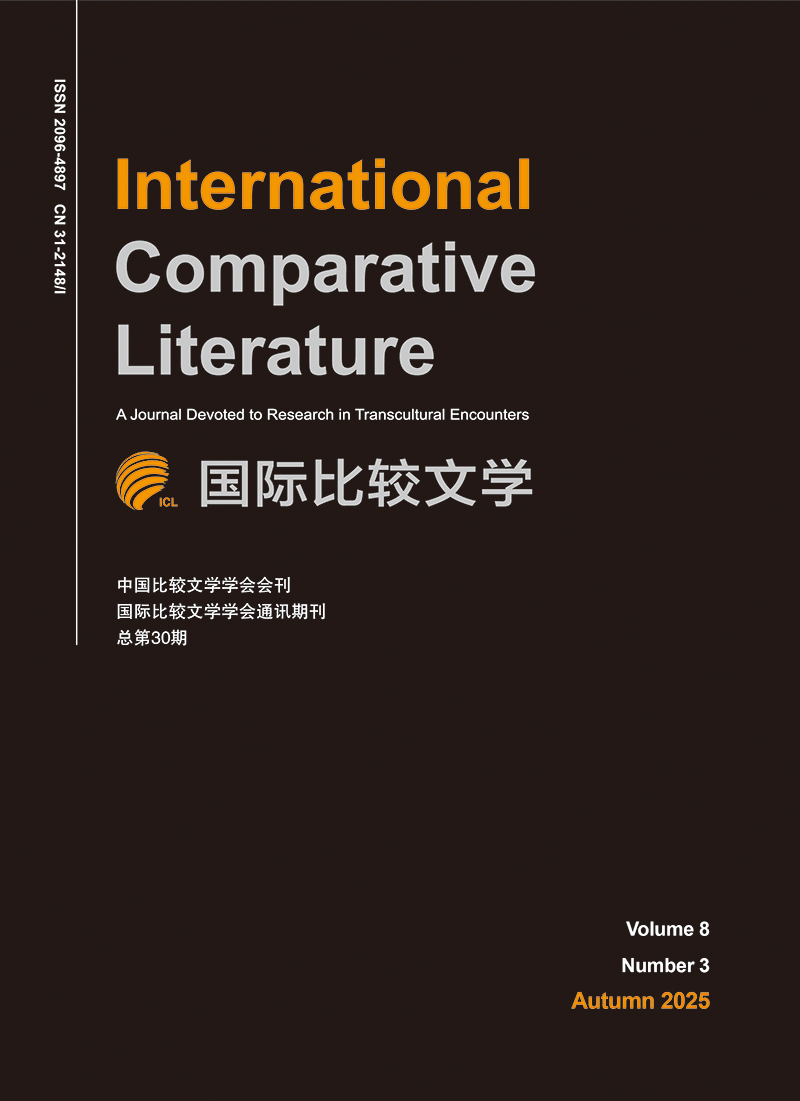2021 Vol. 4, No. 1
Display Method:
2021, 4(1): 9-24.
doi: 10.19857/j.cnki.ICL.20214101
Abstract:
2021, 4(1): 25-35.
doi: 10.19857/j.cnki.ICL.20214102
Abstract:
2021, 4(1): 36-55.
doi: 10.19857/j.cnki.ICL.20214103
Abstract:
2021, 4(1): 56-82.
doi: 10.19857/j.cnki.ICL.20214104
Abstract:
2021, 4(1): 89-104.
doi: 10.19857/j.cnki.ICL.20214106
Abstract:
2021, 4(1): 105-128.
doi: 10.19857/j.cnki.ICL.20214107
Abstract:
2021, 4(1): 129-146.
doi: 10.19857/j.cnki.ICL.20214108
Abstract:
2021, 4(1): 149-159.
doi: 10.19857/j.cnki.ICL.20214109
Abstract:
2021, 4(1): 163-167.
doi: 10.19857/j.cnki.ICL.20214110
Abstract:
2021, 4(1): 168-171.
doi: 10.19857/j.cnki.ICL.20214111
Abstract:
2021, 4(1): 172-179.
doi: 10.19857/j.cnki.ICL.20214112
Abstract:
2021, 4(1): 183-188.
doi: 10.19857/j.cnki.ICL.20214113
Abstract:


